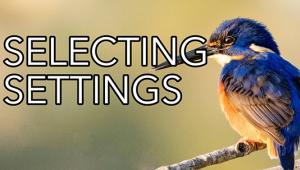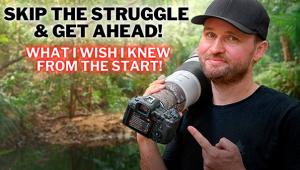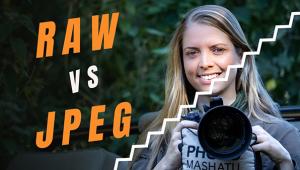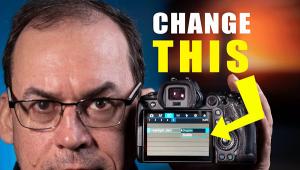BEGINNERS GUIDE to Long-Exposure Photography (VIDEO)

Accomplished landscape photographers often use slow shutter speeds to capture dramatic images with a sense of motion. Unfortunately, some less-experienced shooters mistakenly consider this technique beyond the scope of their skills and equipment.
As you’ll see in the tutorial below from Park Cameras, a leading retailer in the UK, nothing could be further from the truth. In barely eight minutes you learn everything you need to know to get started today.
Gareth Evans is a good photographer and an ebullient instructor who says, “Long exposure is a great way to expand your landscape photography and add a creative flair to your photos.” He covers everything from what you’re going to need, necessary camera settings, and important techniques, to the best type of scenes for this task.

Evans explains long-exposure photography like this: “We’re going to let the shutter stay open for much longer than we normally would for taking a photo.” By that he means shutter speeds longer than a second, and typically much more. He notes that this style of shooting works great with all types of outdoor subjects and weather conditions throughout the year.
By following this approach two things happen: “a lot of light hits the sensor, and this smooths out any kind of motion.” With this in mind it’s obvious that the camera must be mounted atop a sturdy tripod to avoid camera shake. In fact, Evans recommends setting the camera’s self-timer to two seconds, to give it time to setting down after depressing the shutter button.
Evans explains a variety of straightforward techniques for getting the job done whenever there’s some form of movement within the frame. This can be anything from flowing water or clouds blowing across the sky, to people walking down the street or cars driving by.

This technique is easy to accomplish by following Evans tips, and you wont need any special gear. After a bit of practice you’ll be confident enough to use this method often.
There’s much more to see on the Park Cameras YouTube channel, so head over there after watching this video and see what they have to offer.
And if you want to expand your skills further, don’t miss the tutorial we posted explaining how to use “negative space” to shoot photos with impact.















































